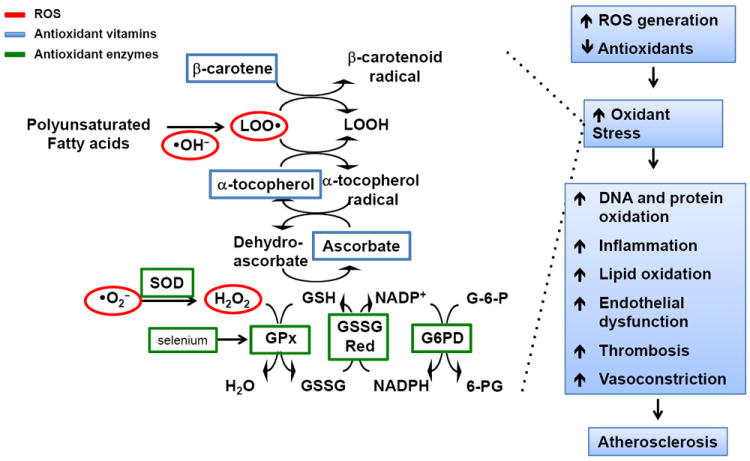Figure 1. Antioxidant signaling and mechanisms of atherosclerosis.

Cells generate a number of oxidizing species that can modify proteins, lipids, and DNA such as superoxide (•O2-) that is dismutated to hydrogen peroxide (H2O2), which is also an oxidant that is reduced to water by the glutathione peroxidases (GPx). This involves a series of coupled reactions that requires the small molecule antioxidant reduced glutathione (GSH) that is generated through the actions of glutathione reductase (GSSG Red) and glucose-6-phosphate dehydrogenase (G6PD). GSH is also required for the antioxidant actions of ascorbic acid and to regenerate α-tocopherol, which reduces oxidized lipids (LOO•) that are generated by hydroxyl radicals (•OH-). These oxidized lipids are reduced (LOOH) through a series of reactions that involves the antioxidant β-carotene. When there is an increase in reactive oxygen species (ROS) generation and/or a decrease in antioxidant capacity, then oxidant stress occurs. This facilitates the development of atherosclerosis by causing oxidation of proteins, lipids, and DNA as well as promoting inflammation and vascular dysfunction (reviewed in [1]).
